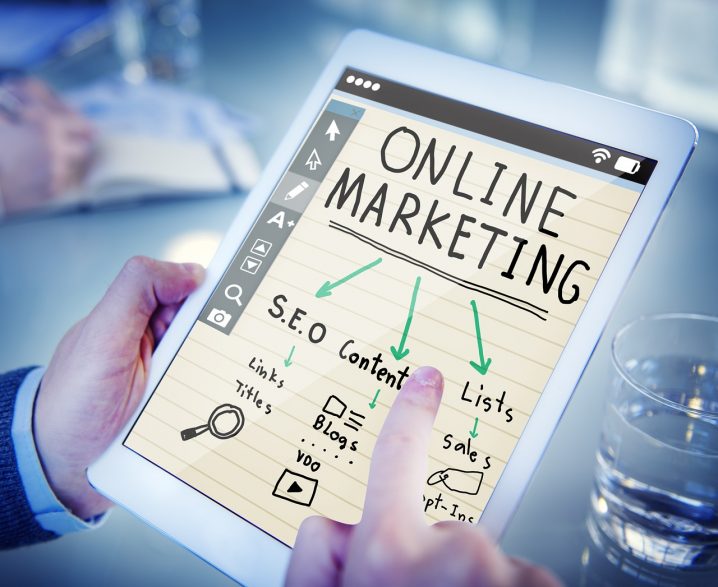Small business is the backbone of the economy. While we hear news every day about big brands and huge corporations, the fact remains that small business is a major player. In fact, there are over 30 million small businesses in the United States.

The dream is that anyone can start and grow a small business and find the success they are looking for. Unfortunately, the failure rate is also extremely high for small businesses. Only half of small businesses make it past the 5 year mark, which represents a very high failure rate. The risks associated with losing your job, savings and large cash investments intimidates many from even trying.
Marketing is an essential function for any small business, and is often overlooked by new entrepreneurs. With a huge emphasis on “the big idea,” many business owners lack a deep understanding of how to market without spending large sums of money, which ultimately hurts their prospects of survival.
The rise of Internet Marketing has opened many opportunities for small business owners that were not available just a few years ago. Digital marketing is the practice of using the Internet to generate awareness, brand and leads for your business. While this may sound like an obvious strategy in 2019, it is amazing how many small businesses still don’t fully embrace the online marketing channel.
In the world of digital marketing, there are several key ways to get noticed by potential customers. Advertising is the most obvious method, and is the most expensive. Platforms such as Google and Facebook offer robust online advertising opportunities where small businesses owners can capture huge audiences. However, they will be competing with large brands and immensely well-funded budgets. So this option is often cost-prohibitive.

Search Engine Optimization (SEO) is a more complicated customer acquisition channel. Often referred to as “organic”, this method involved positioning the website for maximum exposure in Googles “free” (i.e., organic) listings. SEO is often an attractive approach for small business owners because of the low cost. However, this also means that there is intense competition for these coveted spots.
SEO can be broken down into two major pieces. Onsite SEO and Backlinks (Offsite SEO).
Onsite SEO is what it sounds like. There are certain technical standards that will help Google find and categorize a website effectively. This includes very technical aspects such as the speed at which it loads, the design of the website, the copy (text) on the website, the quality of the content, and the amount of time people spend on the website. All of these factors are considered to be important for solid onsite SEO. However, they are not enough.
After tuning a website, it is critical that backlinks are built to promote the website to the search engines. Search engines use backlinks as a signal of popularity (i.e., “votes”). All things being equal, the website with more backlinks (“votes”) will be shown above those with less backlinks. For this reason, finding great backlinks becomes a critical activity for small business marketers. And the cool trick here is finding free backlinks that are high quality.
A final method for inexpensive online marketing is Social Media. Many small business owners have had great success building strong social media profiles. A great profile will offer outstanding content and strong interaction. When people comment or reach out, the owner needs to respond quickly. These interactions tend to drive a strong perception of the brand, which is critical when people make purchase decisions.
There are several methods available to small business owners looking to grow their small business online. Several these, such as SEO and Social Media offer less expensive points of entry than online advertising. Following these strategies will help ensure the small business survives the critical 5 year mark and provides strong employment for decades to come.



